With more than 2 billion users worldwide, social media has become one of the leading channels for marketing your brand. And naturally, you want to use it to expand your reach and improve ecommerce conversion rate.
But marketing on social media isn’t as simple as just posting photos of your products. You need to carefully implement proven tactics that will ensure better conversions. And that’s exactly where this post is going to help you.
You’ll discover some of the best ways to improve ecommerce conversion rate using social media. Most of these tactics will deal with how you attract, engage with, and win the trust of your target audience. And some of them are concerned with enhancing people’s experiences and simplifying the purchase process.
Find out how you can use social media to improve ecommerce conversion rate below.
=====X=====
Disclosure: Please note that a few of the links in this article are actually affiliate links. This means that if you click on them, I will get a commission, without any extra cost to you. So, feel free to check these out as I only recommend products or services that I personally tested and highly recommend. For more information, please read my affiliate disclosure in my privacy policy.
=====X=====
Table of Contents
#1: Encourage User-Generated Content
User-generated content is crucial for conversions, as it acts as a form of social proof. It can help you win the trust of your target customers. When prospective customers see photos of your existing customers with your products, they can see the products in context. And seeing real people promoting your products will also seem more authentic and trustworthy.
This can reduce doubt about buying your products, and improve ecommerce conversion rate. In fact, Bazaarvoice reported that shoppers who interact with customer-generated content are 106% more likely to convert.
A Link Humans case study highlighted how fashion retailer ASOS has been using social media to engage their fans. According to the case study, the brand receives significant responses for competition content and posts that encourage involvement from their fans.
For example, their #AsSeenOnMe campaign has been a huge hit with ASOS customers. Through this campaign, the retailer encouraged customers to share photos in which they’re wearing their ASOS purchases, and then use the hashtag to tag the post. In exchange, they could get a chance to be featured in the website’s UGC gallery.
To date, there have been almost 460,000 posts using the #AsSeenOnMe hashtag on Instagram. As you can see in the screenshot below, people share eye-catching photos highlighting the retailer’s products.
You can execute a similar campaign with a few tweaks according to your needs. For example, instead of featuring UGC on your website, you could feature it on your social media account. Or you could host a UGC contest to promote your latest products, or for a special event or holiday such as Christmas, or Thanksgiving.
#2: Make Shopping Easier on Instagram
Despite Instagram having high engagement rates, it has been challenging for retailers to drive conversions using the platform until recently. This is because it has limitations in terms of sharing links. Users could only share one link, which is displayed in their bio.
Users would have to click on the link in the bio, and then browse through the retailer’s website to find the product that caught their attention.
This can be time-consuming and frustrating. And many shoppers may have changed their minds before they even found the product, making it difficult for retailers to improve ecommerce conversion rate.
But that’s now slowly changing as Instagram introduced the ability for retailers to provide a better shopping experience. This experience involves retailers adding shoppable product tags to photos. Users can tap on a, “tap to view” icon to see tags for each product in the photo.
And if they select a tag, they can find out more details about the product. The product details view also has a “shop now” button, which users can click to land on the product page and complete their purchase.
This streamlines the purchase process and makes it much easier for retailers to improve ecommerce conversion rate.
EXAMPLE
Here’s an example of how the tags would look.
These shoppable tags, however, are currently available only for select retailers selling apparel, jewelry, or beauty products in the U.S. In order to be eligible, you need to convert your account into a Business Profile, and your account must be in English.
But if you aren’t eligible to use shoppable product tags on Instagram, you can still make shopping easier by setting up a shoppable Instagram gallery. You can use tools like Scoutsee and Pixlee to set up this gallery. The landing page will resemble your Instagram feed and displays your posts as clickable images on which you can add links to the product page.
EXAMPLE: Ringor
Retailers like Ringor have used shoppable Instagram galleries to make shopping easier for their customers. They have included a link in their bio, which would lead to the shoppable gallery. Since setting up this gallery, the retailer found that 77% of visitors land on a featured product page after they interact with the shoppable gallery.
Here’s a screenshot of how their shoppable gallery looks.
Visitors will just have to click on the photos to view the product details, which will also display a “Buy Now” button. This will take them to the product page so they can complete the purchase.
#3: Make Shopping Easier with Buyable Pins
If you plan on optimizing your social media marketing plan to improve ecommerce conversion rate, you shouldn’t ignore Pinterest. According to Shopify, the average order value of Pinterest shoppers is $50, which is higher than other social media channels. And it’s the second most popular social media source of traffic to Shopify stores.
In addition to this, 93% of users plan their purchases through Pinterest. These stats suggest that Pinterest plays a major role in driving high-converting traffic and high-value customers to ecommerce websites.
So to cater to those shoppers, you need to optimize your Pinterest marketing tactics and make shopping easier for users on the platform. And in order to do that, you should start implementing buyable pins, which are available for BigCommerce, Shopify, and Salesforce Commerce Cloud stores.
These pins help shoppers complete their purchases without the need to leave Pinterest. In a buyable pin, users not only see the product image but other details, such as pricing and stock availability.
There’s also a “Buy Now” button, which users can click on to purchase the product. This increased ease of purchase can improve ecommerce conversion rate.
EXAMPLE
Here’s an example of how a buyable pin looks.
Several Pinterest case studies have shown proof of how buyable pins drive more sales for ecommerce stores.
EXAMPLE: Gardener’s Supply Company
For Gardener’s Supply Company, for example, buyable pins have helped them drive twice the amount of traffic than they did before. Their sales have also increased approximately threefold as a result of these buyable pins.
#4: Enable Social Signups or Logins
This point isn’t going to cover what you do on social media, but how you integrate it into your ecommerce store. In any case, it’s about using social media to improve ecommerce conversion rate.
It’s safe to assume that many of your shoppers already have a social media account. And enabling them to sign up or log in using those accounts can help drive conversions.
You may have noticed that you drive plenty of traffic from social media, but you have a high cart abandonment rate. According to the Baymard Institute, this could be because you expected shoppers to register in order to checkout, or because the checkout process was too long or complicated for them.
A social media signup or login option can tackle these two issues. Even if you introduce a guest checkout option, it’s still crucial that you include a social media signup button.
People normally refuse to sign up because they don’t want to go through the entire signup process of entering their email and personal info. And the social media signup option eliminates the inconvenience as people can easily click on one button to register.
A social media login button can also eliminate some of the steps necessary for shoppers to checkout. This simplifies the checkout process significantly, improving the chances of people completing their purchases.
EXAMPLE: LoginRadius
LoginRadius tested the impact of social login buttons on their ebook landing pages. They gave visitors the option to access the ebook through Facebook, Google+, and LinkedIn, as you can see in the screenshot below.
When they compared this page with a page that had no social login option, they found that the social logins had a huge impact on conversion rate. While the one without social login had a 32% conversion rate, the landing page with social login had a conversion rate of 49%.
So there’s a 52% increase in conversion rate when they provide a social login option. You can implement a similar technique in your store to improve ecommerce conversion rate.
#5: Invest in Social Media Ads
Despite all these efforts, there’s still a chance that your ecommerce conversion rate isn’t improving. This may likely because you’re not reaching the right audience or a large number of potential customers.
If you haven’t yet built a significant social following, it might be a good idea to invest in advertising on social media. This will help you target and reach a large audience that’s likely to be interested in your products.
Advertising on Instagram
Instagram offers a treasury of advertising options for marketers. You can design video ads, carousel ads, and image ads with a button that will allow the audience to “Shop Now.” And now you even have the option to invest in Stories ads and reach an engaged audience, which will eventually improve ecommerce conversion rate.
EXAMPLE: TOUS Jewelry
For TOUS Jewelry, Stories ads played a huge role in telling their brand story to raise awareness about their brand and products, which eventually resulted in higher sales.
Through their sponsored Instagram Story, they experienced a 71% increase in online mentions. And their sales also increased by 37% compared to the same period in the previous year.
Advertising on Twitter
Twitter, being one of the most widely-used social media channels, is also an excellent platform for carrying out an advertising campaign to improve ecommerce conversion rate.
EXAMPLE: MVMT Watches
MVMT Watches took advantage of this an experienced significant increase in website traffic and conversions during the holiday shopping period. They used Website Cards to promote their Black Friday sale.
As a result of this campaign, their sales increased by 353% during Black Friday and Cyber Monday when compared to the daily average during that quarter. Their website traffic during this period also increased by 189%.
Advertising on Facebook
As you know, Facebook continues to be the most popular social networking channel worldwide. So it’s only natural that you take to advertising your brand and products through this platform. With a massive user base, there’s a good chance Facebook will help you reach a large number of your target customers.
EXAMPLE: Andrew Martin
According to a case study by Arch Digital Agency, leather goods retailer Andrew Martin managed to increase their ROI by 346% through Facebook advertising.
The ads brought about a 342.7% increase in website traffic. And their average sales increased by 161%. This is proof that Facebook advertising is crucial for retailers who wish to improve ecommerce conversion rate.
You can customize your advertising campaigns according to the interests, shopping behavior, and demographic of each customer. This is to make sure you serve them relevant ads that would make them want to convert. You can even retarget shoppers who have visited your site but didn’t make a purchase.
#6: Use Hashtags
To improve your ecommerce conversions, your posts should always have hashtags. Hashtags make your posts visible to people who are looking for content relevant to your business. They make you visible in the crowd and bring you relevant customers.
Logically, there is no denying that the people who find you by searching for hashtags are actually the people who matter most. This makes it more crucial to find the right hashtags for all of your posts.
There are three kinds of hashtags you have to keep in mind. One type is brand or campaign specific. If your people are already aware of you and looking for you, they should be able to find you through these hashtags.
The second type is product specific hashtags, so that people can find your brand when they are looking for a specific product. You also need to incorporate popular, trending hashtags to increase your visibility.
EXAMPLE
Red Bull’s user-generated campaign #putacanonit really made a mark on social media. The hashtag involved putting a Red Bull can on different objects – from cars and people to even waterfalls. They encouraged people to create content for the brand using the hashtag.
#7: Offers and Discounts
Social media is the place where you connect with your customers directly. Make the most of this chance to convert. Share offers and discounts on regular basis. This will delight your existing followers and attract more new followers.
There are three popular discounts you can choose from – a dollar-based campaign, a store credit, or a percentage discount offer.
Don’t forget to maintain urgency as this instigates people to take action. This happens because people feel they may miss out on something. For best results, you should run various campaigns throughout the year.
EXAMPLE
ShopRite often runs coupon campaigns on Facebook.
#8: Create Pages, Join Groups
There are two kinds of pages you can create on social media. One is your brand page. The second one is a little strategic, a page of general interest but somewhat related to your brand.
For example, health-related pages, food-related pages, humor-related pages, etc.
Once you have a decent number of followers on these pages, push your product there but don’t forget to be relevant.
Join other relevant groups too. Follow the discussions and try to understand the market vibe. Related groups and forums are highly targeted areas.
EXAMPLE
Long Island Buy Sell Swap is a popular Facebook group as well as a marketplace.
#9: Use Analytics
Any marketing effort is incomplete without analytics. Analytics help you analyze the results and plan your future strategies.
For social media, analytics are the key. Apart from free analytics tools like Google Analytics, Quintly, and Cyfe, social media platforms have their own analytics tools to help you out.
Conclusion
These are nine of the best ways to improve ecommerce conversion rate with the help of social media. As you can see, most of these tips focus on enhancing customer experience and simplifying the purchase process. And some of the tips are also concerned with engaging with customers and winning the trust of your audience.
If you’re still in the early stages of social media marketing and are yet to build your audience, it might be necessary to invest in advertising so you can reach a larger, more relevant audience.
Got any questions about these steps? Feel free to ask me in the comments below. And if you need to create a successful social media marketing strategy, I’m here to help.
=====X=====
Disclosure: Please note that a few of the links in this article are actually affiliate links. This means that if you click on them, I will get a commission, without any extra cost to you. So, feel free to check these out as I only recommend products or services that I personally tested and highly recommend. For more information, please read my affiliate disclosure in my privacy policy.
=====X=====

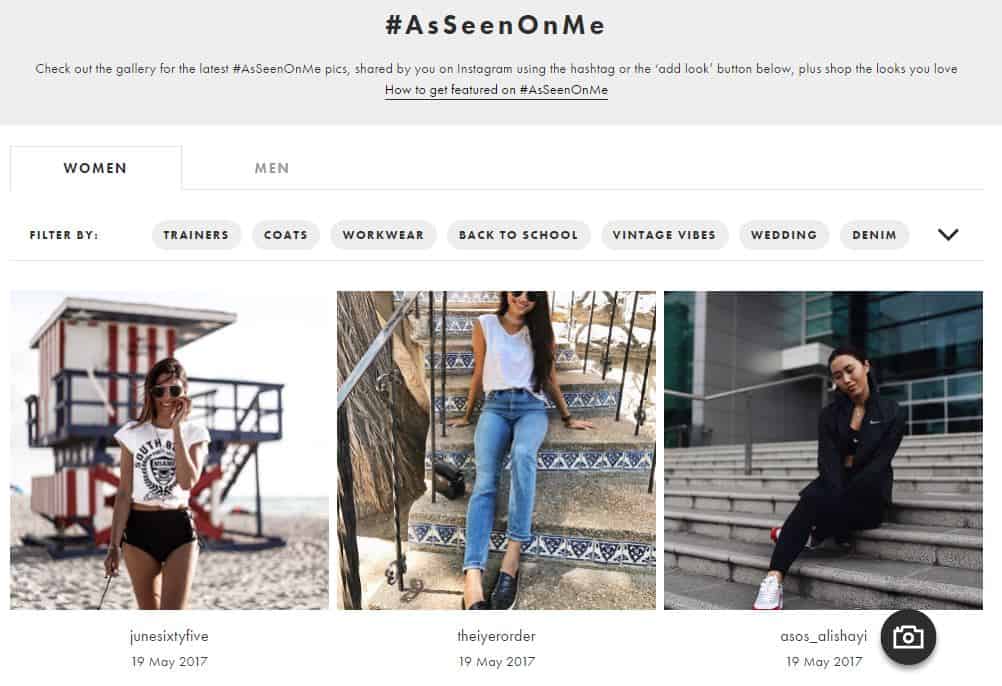
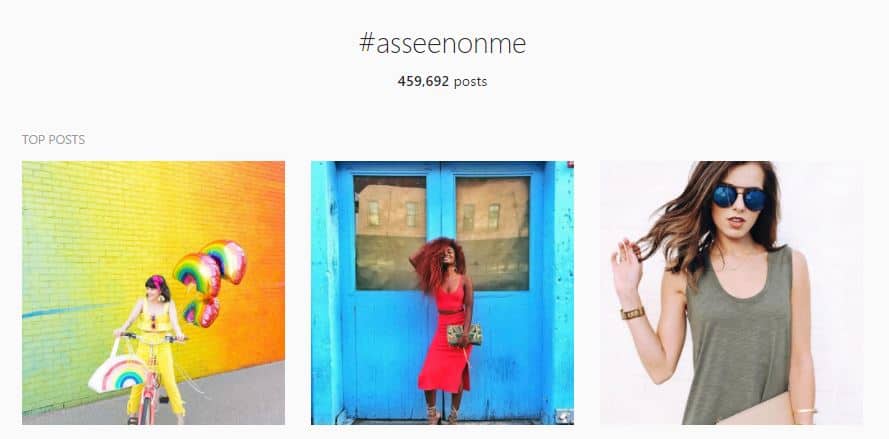



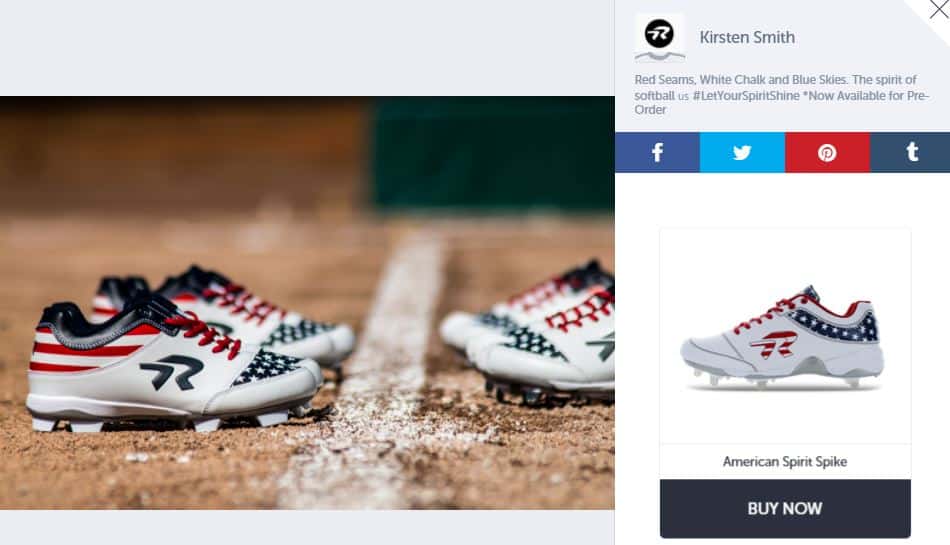
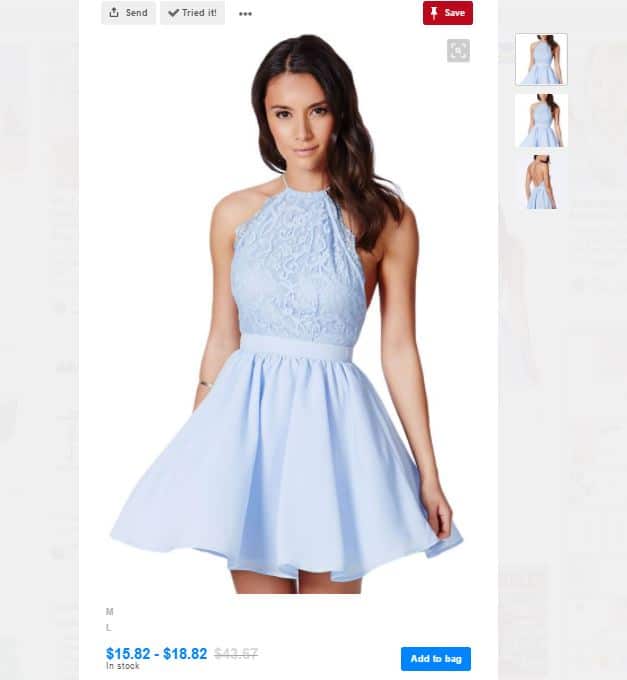
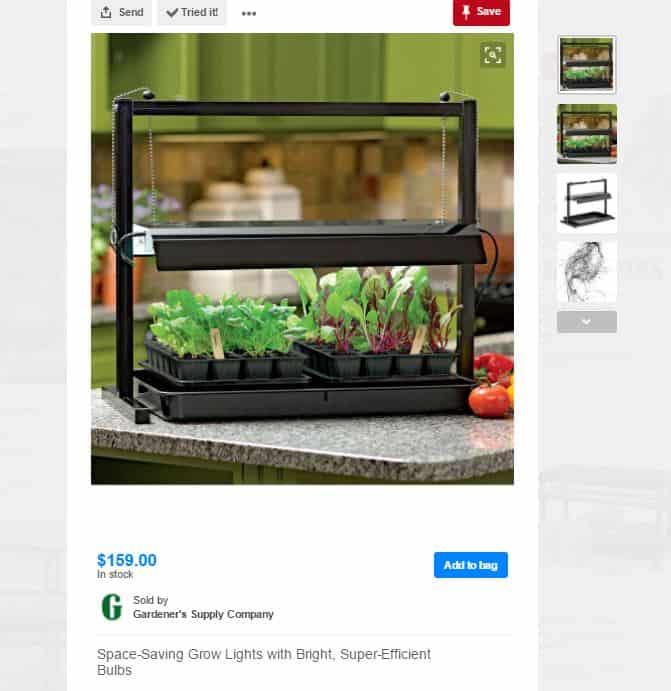
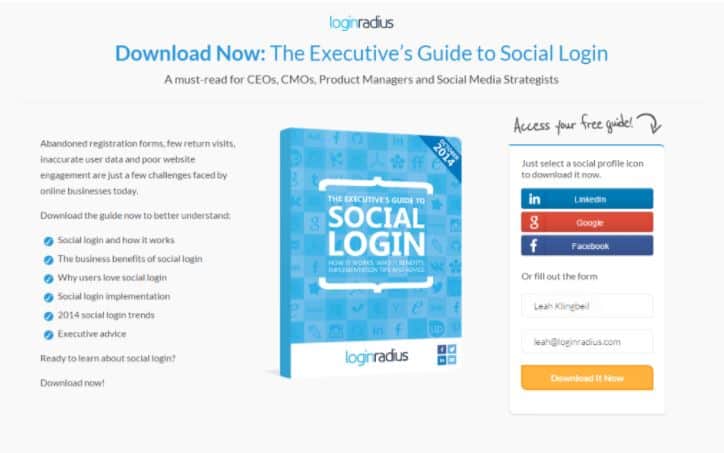
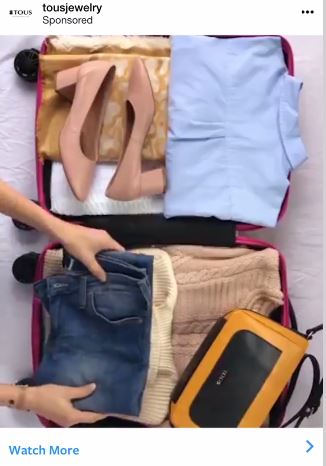

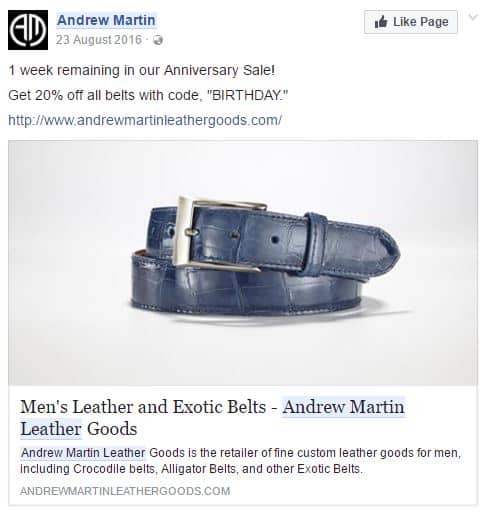

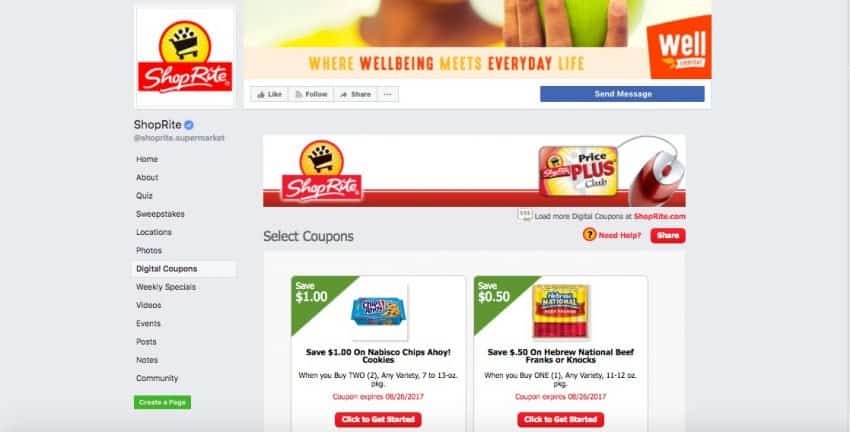
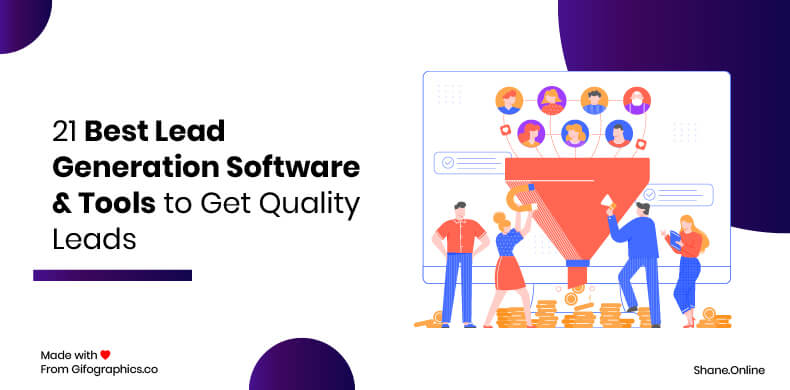
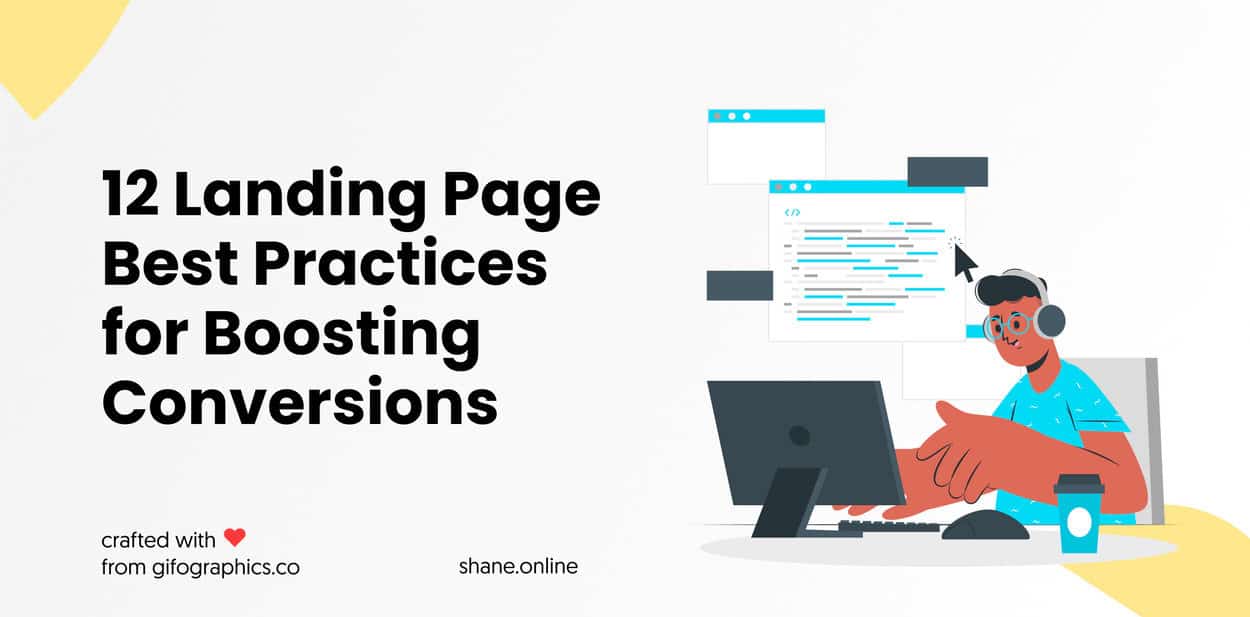
![41 best tools for building a profitable sales funnel in [year] 31 41 best tools for building a profitable sales funnel in 2021](https://shanebarker.com/wp-content/uploads/2020/08/41-Best-Tools-for-Building-a-Profitable-Sales-Funnel-in-2021.jpg)
![top 37 cro tools (free & paid) you need to try in [year] 32 top 37 cro tools (free & paid) you need to try](https://shanebarker.com/wp-content/uploads/2018/02/Top-37-CRO-Tools-Free-_-Paid-You-Need-to-Try.jpg)
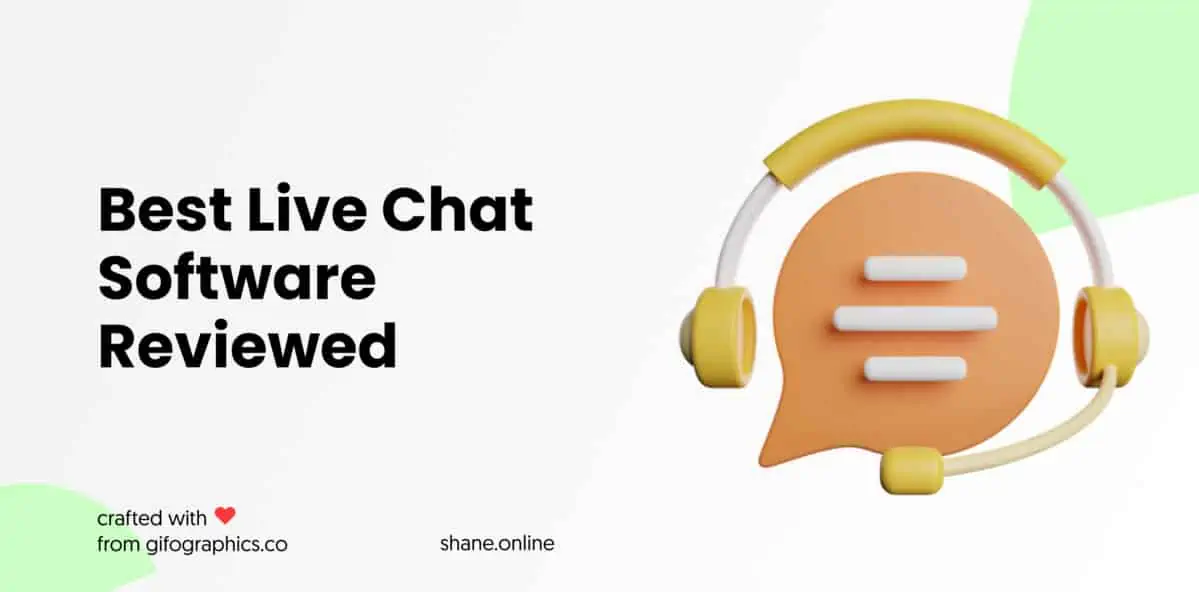
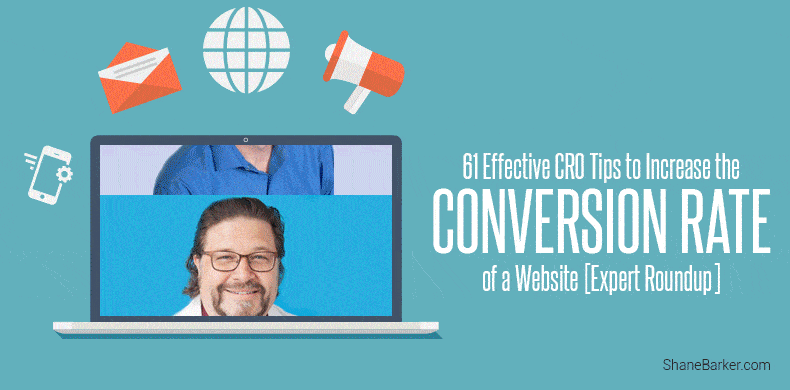
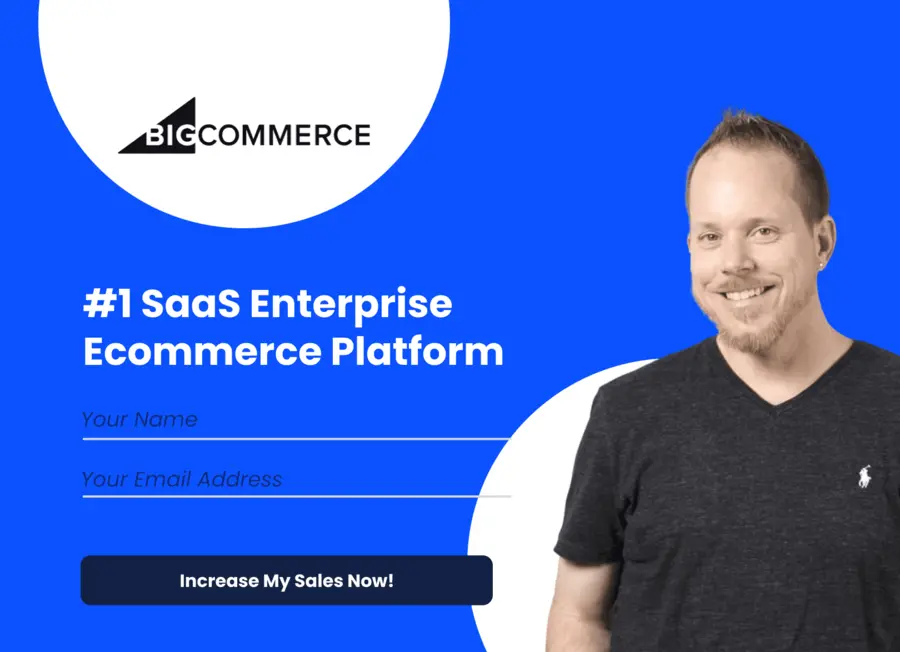

Another way to improve conversions in Facebook is to enable conversations via Messenger. Brands can use AI to answer every question and even make personalized recommendations, at the right time. Not only it helps convert at the time, but it also increases retention.
Informative blog! Thanks.
It’s a wonderful article. Thank you for sharing.
Great post.
The information you provided is really very helpful to improve eCommerce conversions through social media. Thanks!
Wow, this post is so pleasant. I really admire your work.
Way cool! Some very valid points! I appreciate your taking the time for writing this article for us.
Thank you so much! I’m so glad you enjoyed reading my article about how to use social media to improve the e-commerce conversation rate. Keep visiting for more such information.